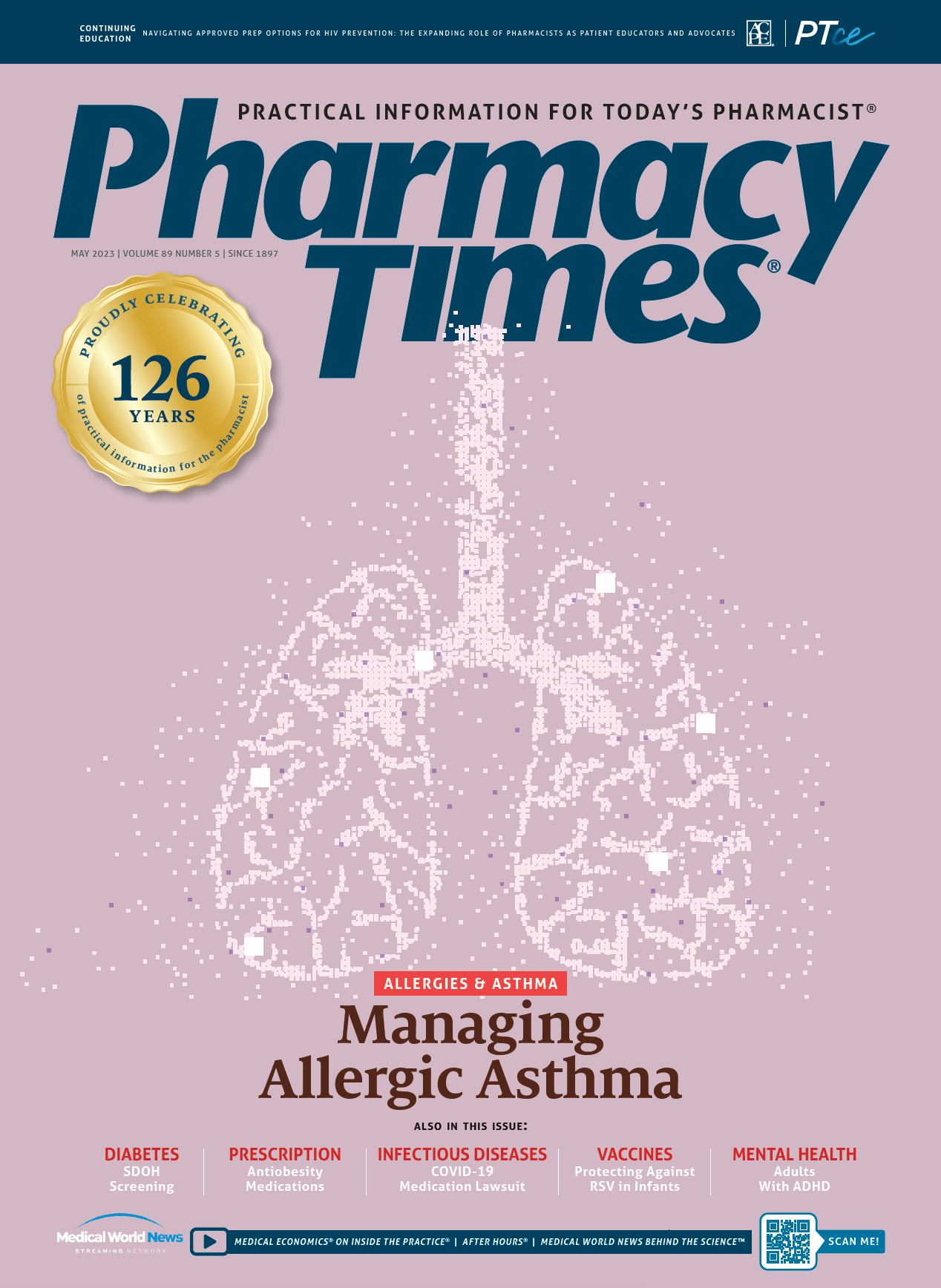Publication
Article
Pharmacy Times
Is Discontinuing Insurance for Generic Medications a Good or Bad Idea?
Recent editorial calls into question role, use of drug coverage for medications that often cost pennies to procure.
At the end of March 2023, a thought-provoking (some might say provocative) opinion piece was published in The Washington Post, written by Erin Trish, PhD, codirector of the USC Schaeffer Center and associate professor in the Department of Pharmaceutical and Health Economics at the USC School of Pharmacy in Los Angeles, California, and Karen Van Nuys, PhD, executive director of the Value of Life Sciences Innovation program at the USC Schaeffer Center.
Calling on an analogy that is popular among direct primary care advocates who believe insuring primary care is gutting its identity and purpose, they posed the question (and I am paraphrasing here): If it does not make sense to insure against the inevitable and affordable need for oil changes for your car, why insure against widely used and affordable generic medications and/or primary care visits? Just pay direct and get rid of all the administrative costs.
Generic drugs | Image credit: irissca - stock.adobe.com

Insurance for Cheap Medications
Trish and Van Nuys pointed out that generics are greater than 90% of prescriptions picked up at the pharmacy, at an average price of less than $20 (and falling every year). Citing their work with available data sets, they contend that Medicare spent at least $2.6 billion more than the equivalent cost of buying the drugs without the use of insurance at Costco Wholesale Corporation, when considering a subset of available generic medications. Of course, cost shifting could be a market factor, wherein pharmacies are willing to receive less from the uninsured or those who need cheaper medications. However, most cash pay or direct pay customers have some sort of insurance.
New Entrants
Approximately a decade ago, coinciding with the last of the pillbased, small-molecule blockbuster medications coming off patent, a change in business model became necessary for pharmacy benefit managers (PBMs). Alignment with health care purchasers came from drug cost savings emanating from prior authorizations and formulary limitations for brand-name medications for tens of millions of Americans. Yet, as generics became an increasing portion of the prescription fill transactions each year, the need to generate margin from arbitrage (spread pricing) between the PBM-to-pharmacy market at 1 price (provider reimbursement) and the PBM-to-purchaser market (charge to employer, government, and/or patient) became greater. Rather than assist purchasers in saving money by channeling or compelling patients to a generic version of a brand-name drug or other cheaper generic alternatives to brand-name drugs of a different class, PBMs had to figure out a way to generate margins from the generic medication transactions themselves as the number of patients in the country using brand-name drugs plummeted. Enter GoodRx and other discard card strategies like it. With the rising generic dispensing rate leading to spread pricing and the simultaneous rise in high-deductible health plans, millions of Americans found themselves able to buy generics cheaper by not using their insurance.
Rise of Amazon, Blueberry, and Cuban's Cost Plus Drugs Company
Enter the direct pay pharmacy marketplace. Amazon Prime, Blueberry Pharmacy, and Mark Cuban Cost Plus Drugs all aim to take advantage of the consumer making their own evaluation of value instead of a third-party determining the price through offering cheap generics, well…cheaply. I was recently in Florida with my mother, who is eligible for Medicare. She was having difficulty swallowing larger tablets and has trouble getting the smaller tablets of pravastatin 20 mg (2 tablets at once, instead of the bigger 40-mg tablet) because the drug utilization review placed a “hard edit” stop on that claim at the pharmacy.
I asked my mother why she was using her insurance, and she said it was because it “paid for her drugs.” I asked her whether she was sure and proceeded to help her use the variety of search engines online to identify pharmacies and prices.
She was shocked at how much less expensive and easier it was to avoid using her vaunted Medicare plan’s chosen PBM to tell her what pharmacies to use and what both she and they should pay.
In fact, Trish and Van Nuys also found that 28% of all Medicare co-pays from the patient exceeded the total cost of the generic medication.
My mother experienced both an access problem and a market failure.
Why Even Have Pharmacy Networks?
As brand-name medications become exclusively “specialty” at ever-increasing prices, community pharmacies will continue to get squeezed out through narrow networks. Simultaneously, generic medications continue to experience price deflation and constitute the vast and growing majority of therapeutics at a fraction of the total drug spend. This calls into question the need for community pharmacy provider networks for negotiating drug reimbursement. If there are no savings generated from third-party administration of generic medications—and perhaps additional cost, as Trish and Van Nuys suggest—drug insurance should only be for expensive medications needing a pharmacy and therapeutics committee, prior authorizations, and other means of managing the drug budget. So, why does any employer or government purchaser need a third party to administer generic medication purchasing for its members?
Coverage for Standard Care Delivery and Consult Fee?
From a care delivery perspective, community pharmacy has been stuck for years relying on the buy-sell difference in selling medications to fund the care delivery services, because services have not been a covered benefit. This cost shifting has created an inevitable business model cul-de-sac, because funding services such as medication synchronization, hand delivery, transitions of care, and other medication optimization services have been given away for free on more generous margins of buy-sell. Now with the cost of the drug being pennies and the dispensing fees being less than $1 in some circumstances, there is no room to cost shift for care delivery anymore. It may be time to give some drugs away or sell them “at cost” and charge for the services of optimizing medication use, with the latter being the service covered by third-party insurers. How is it that a couple of dollars to make sure the right medications are being used for the right conditions, with all the necessary care delivery supports, is not righteous and effective health policy? You could pay for this by simply eliminating spread pricing alone.
About the Author
Troy Trygstad, PharmD, PhD, MBA, is the executive director of CPESN USA, a clinically integrated network of more than 3500 participating pharmacies.
References
Trish EE, Van Nuys K. How to save patients money by ending one type of insurance coverage. Washington Post. March 28, 2023. Accessed April 28, 2023. https://www.washingtonpost.com/opinions/2023/03/28/generic-drugshealth-insurance-cost/







